Where the Ideas Are
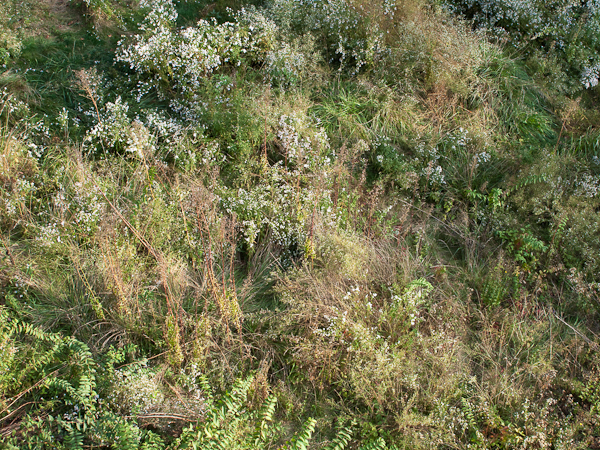
Where do ideas come from? This is the question that takes a lifetime.
You know how to use the camera; you're learning the computer; and printing just takes time and practice (lots of practice). The hard stuff is more diffuse than that, more difficult to touch: where do you point your camera? what do you want me to see? what are you learning?
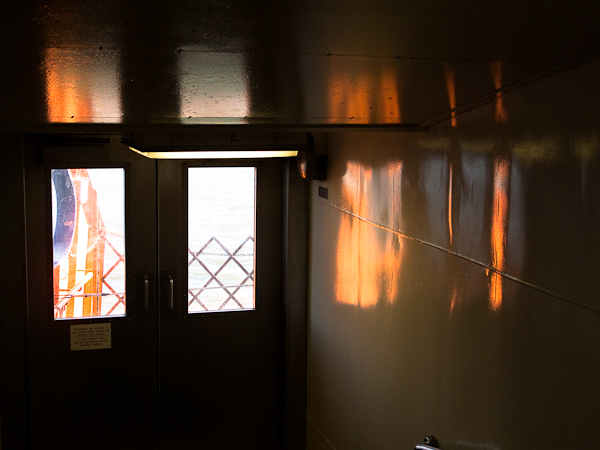
Here's where we fight with each other. Some of my best friends and most valued colleagues believe it's impossible to teach artists to be artists, that you can't teach curiosity. I don't want to agree: if that's true, then what have I been doing all this time?
The model I've proposed in the classroom is pretty simple: pay attention and respond. That's the core, I think. The essays and the photo prompts are all directed at it. So are the emails back-and-forth and the walking tours and the invitations to post on flickr. Then we close the loop with conversations about the pictures and about the process itself.
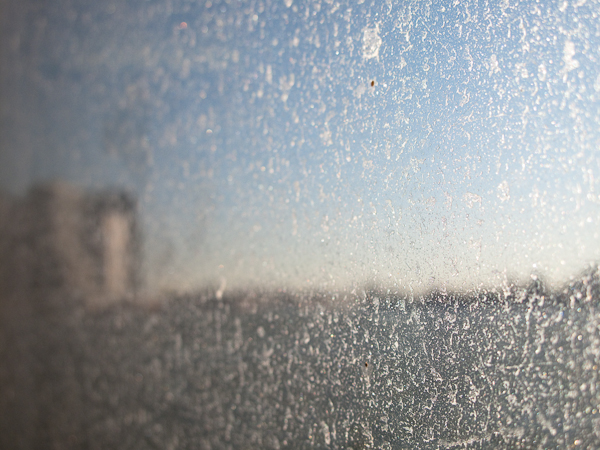
At root is this assertion: an artist touches the world with their mind, and responds so that others can touch it too. The foundation of this practice is paying attention. It needs a certain discipline and a willingness to jump in, but it's something you can learn how to do. Participation means joining the conversation, making something, just doing it. The necessary skills revolve around fearlessness and something like naivety, and an ability to ask questions ceaselessly, with wonder, with enthusiasm. My job as teacher is not to teach these things but to set the conditions for you to begin the process for yourself.
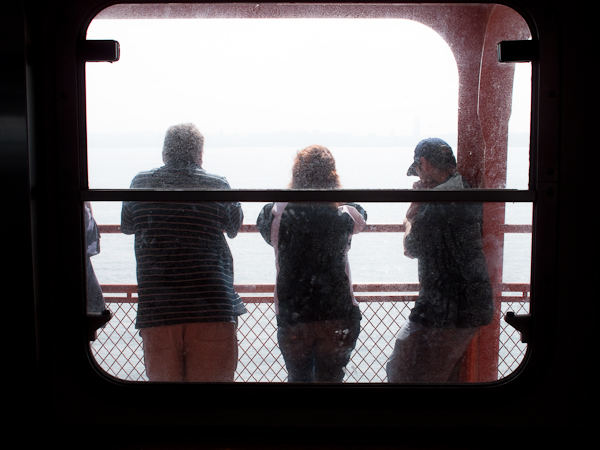
This is where the conversation about the genesis of ideas breaks down. Misunderstandings about learning and teaching have us talking sideways at each other. Teaching — in the sense of shoving stuff into your head — is impossible, always has been, has no place here. So we agree on that. But learning relies on something else, first on the act of opening up, and then in the act of reaching out. This behavior can be encouraged, though your response is outside of my control. You have to make your own decision. I can't teach it to you; you learn what you want to learn.
Where do ideas come from? From you when you look around and mark the moments of your opening.
How do you learn? There are many different ways: take a walk, ride a boat, read a book, talk to a friend. Play a riddle in your head. Sketch the outlines of a cloud. Take a photo in a puddle. This is what we're talking about. This is what I'm trying to show you.
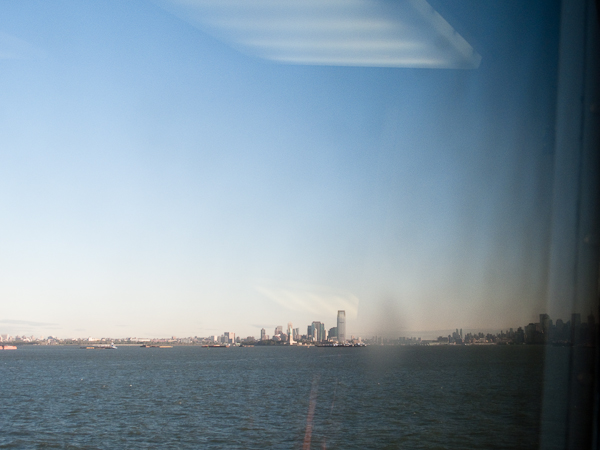
These photos come from the daily set of wandering thoughts that happen day to day. The ferry project is feeling heavier to me, gaining substance, though it's just barely sprouted. See it here on flikr. I'm watching Manhatta again and re-reading Klein's No Logo and Jacobs' Death and Life of Great American Cities. Ideas are like seeds in the empty lot next door, in the fridge, in the terracotta pot, and on my bagel.
Comments